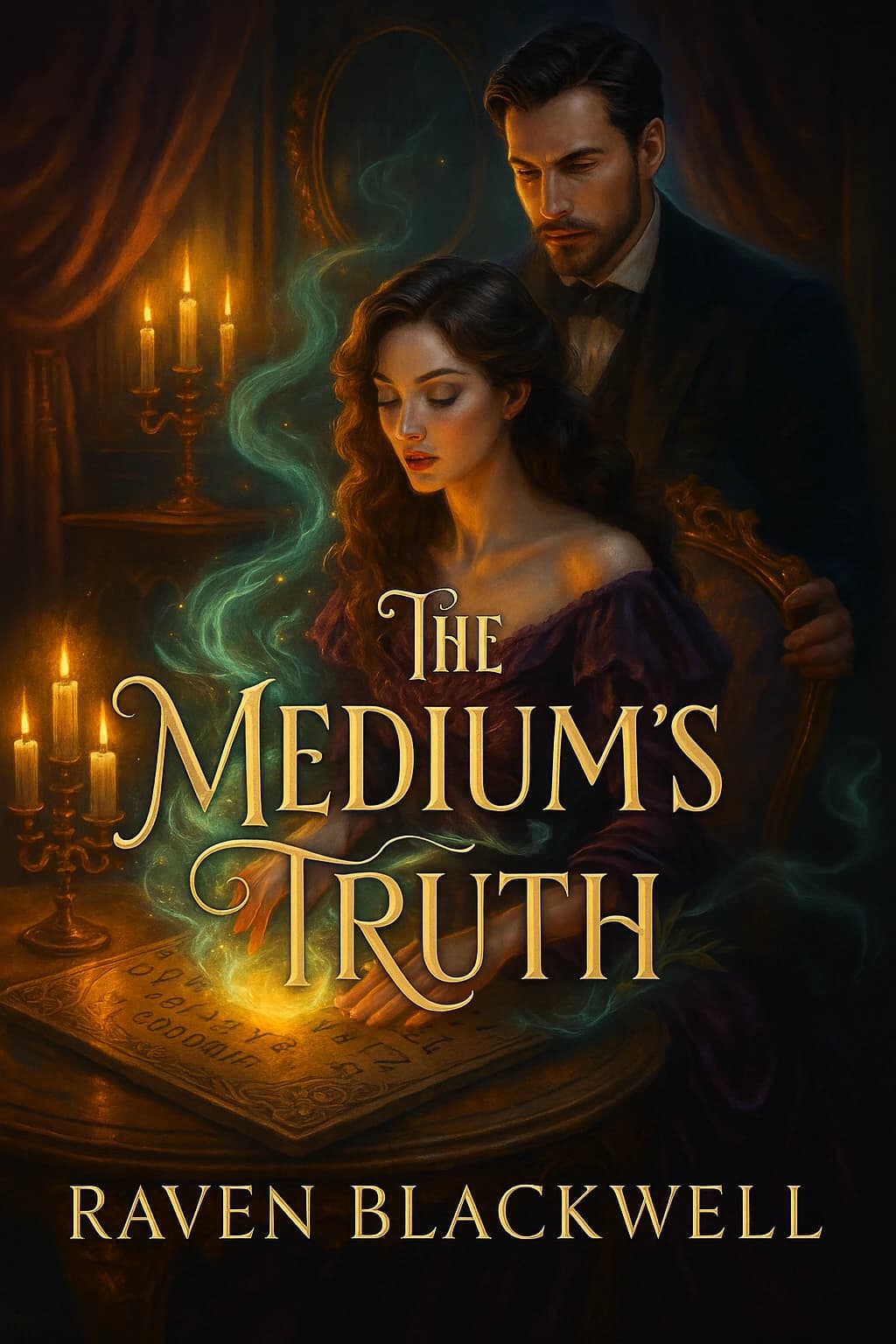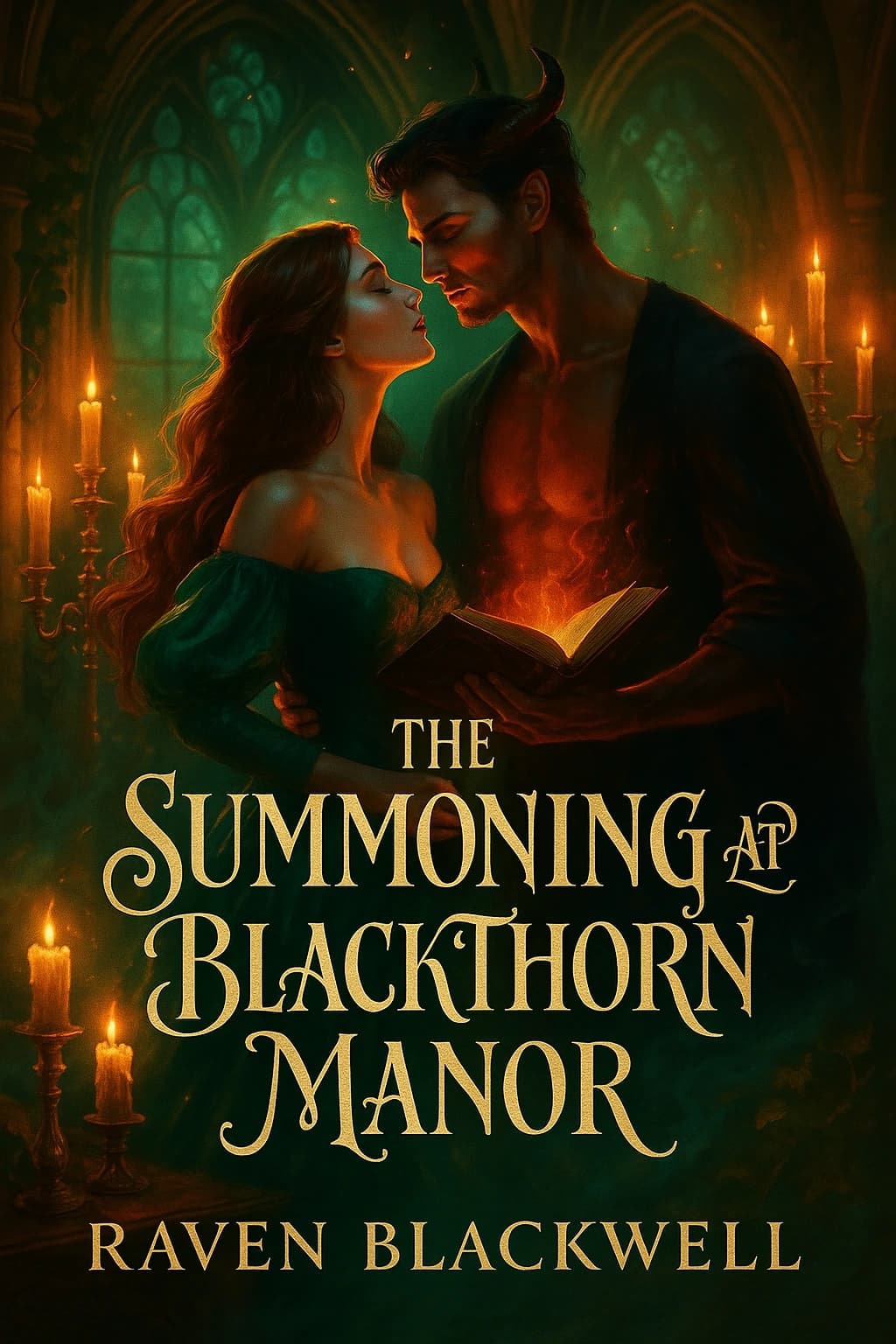
Chapter 1
Prologue: The Commission
The letter arrived in January, delivered by courier to my Paris studio during the worst snowstorm in twenty years. The paper was thick vellum, the script medieval in its formality, the seal pressed in black wax bearing a symbol I recognized from my studies: a skull crowned with thorns, the mark of the Order of the Penitent Dead.
Mademoiselle Noir,
Your reputation as a conservator of religious art has reached even our remote sanctuary. We require your expertise to restore frescoes of significant historical and spiritual value, damaged by time and the elements. The work will demand approximately three months of residence at our monastery, Ossuarium Sanctus, in the Pyrenees mountains.
The compensation offered is substantial. The work is urgent. We await your reply.
In somber service, Father Abélard, Abbot
I should have refused immediately. The location was impossibly remote—hours from the nearest village, accessible only by a treacherous mountain road that would be impassable for most of winter. Three months of isolation in a monastery whose name literally meant "Sacred Ossuary" did not sound like ideal working conditions.
But the compensation mentioned was indeed substantial—enough to fund my studio for two years—and more importantly, my curiosity was piqued. The Order of the Penitent Dead was obscure even among scholars of medieval monasticism. Founded in the fourteenth century during the Black Death, they had practiced extreme mortification and maintained traditions most orders had long abandoned. I had believed them extinct.
And then there was the monastery's name. Ossuarium Sanctus. Every bone church I had studied—Sedlec in Bohemia, the Capuchin Crypt in Rome, the catacombs of Paris—held a dark fascination for me. The aesthetic of memento mori, the artistic arrangement of human remains into architectural elements, the profound meditation on mortality that such places demanded.
I was, I admitted to myself, morbidly curious.
I wrote my acceptance that evening, and within a week received detailed instructions for reaching the monastery, along with an advance of funds sufficient to hire transportation and purchase supplies for an extended stay in isolation. The efficiency spoke of serious intent and significant resources—unusual for a supposedly defunct monastic order.
By early February, I had closed my studio, stored my belongings, and arranged for my few personal affairs to be managed during my absence. My colleagues thought me mad to accept such a commission, but I had long since stopped trying to justify my choices to others. I was thirty-two years old, unmarried, childless, devoted entirely to my work. If I chose to spend three months in a bone monastery in the mountains, what concern was it of theirs?
The journey took four days—first by train to Toulouse, then by coach to a village whose name I could barel...
About the Author

Raven Blackwell
Raven Blackwell's past is shrouded in mystery—some say they worked as a mortuary assistant, others claim they're an occult researcher with access to forbidden grimoires. What's certain is that Raven writes from a place of darkness, beauty, and death-positive sensuality that few dare explore. From an undisclosed Gothic Revival mansion filled with arcane books and candlelight, Raven crafts atmospheric tales where vampires seduce, necromancers claim, and demons bargain. Their work draws from the great Gothic tradition—Poe, Shelley, Rice—while bringing explicit sensuality to dark romance.




